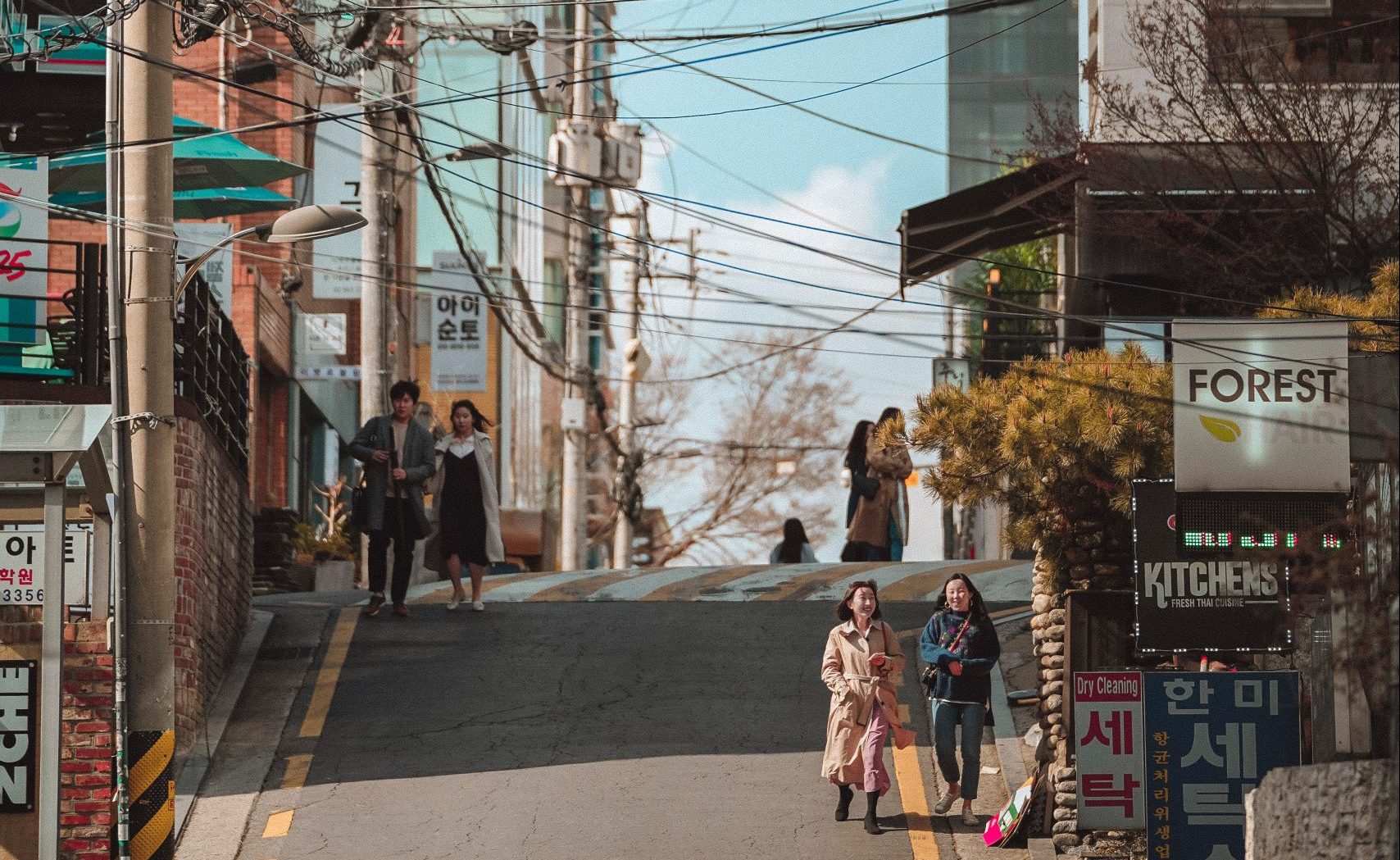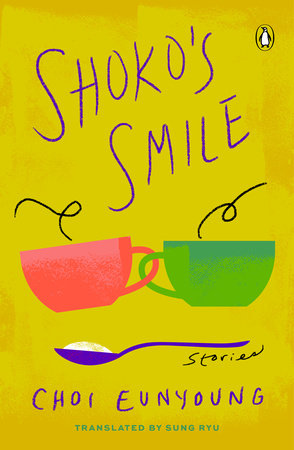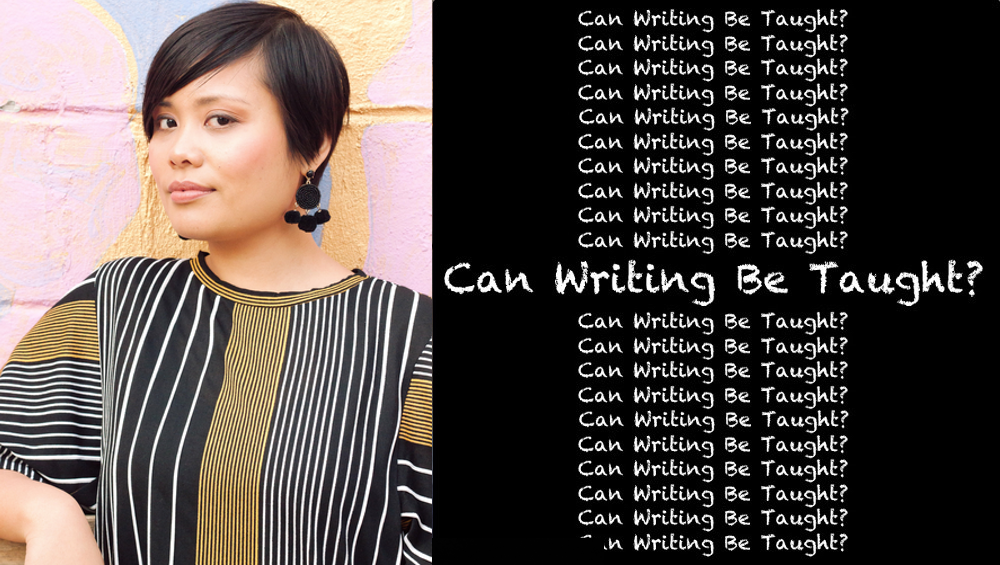interviews
What Does It Mean to be a Social Outcast in South Korea?
Choi Eunyoung's "Shoko's Smile" explores unlikely friendships amidst political trauma and injustice

The thread that ties Choi Eunyoung’s short story collection together is the unlikely, tenuous friendships that form between various social outcasts—like Shoko, a troubled young Japanese exchange student, and an elderly Korean grandfather in the title story. Another through-line is Choi’s exploration of gender, particularly what it means to grow up, survive, and grow old as a woman in South Korea. Through these stories, Choi deftly shows how the political dynamics of the world and social injustices enmesh themselves into the personal lives of her female narrators. Amidst this pain, Choi makes sure to emphasize the human connections that both sustain and trouble us.
Shoko’s Smile is filled with a tender vulnerability, presented simply in unadorned prose. “I didn’t want to stage a protest about my pain to other people,” the narrator states in “Hanji and Youngju,” a novella about a Korean woman negotiating a complicated relationship and quiet heartache. There is nothing staged or forced about Choi’s stories, which are filled with understated tragedy. Rather than focusing on the drama of the event itself, they reflect the nuances of the grieving process, and what it means to continue living with trauma—such as the violent repercussions of the Vietnam War or the repressed aftermath of the Sewol sinking.
I corresponded with author Choi Eunyoung and translator Sung Ryu over email, where we chatted about female self-scrutiny, how to represent violence, and the difficulties of translating Korean linguistic hierarchies into English.
Translations from Korean to English in this interview are done by Sung, the translator for Shoko’s Smile and a member of “Smoking Tigers,” an acclaimed collective of Korean-English translators.
Jae-Yeon Yoo: Shoko’s Smile—as well as your other works—call attention so poignantly to the margins of society; in one way or another, your narrators are all somewhat misfits, outsiders, and/or loners. Could you speak about this focus, and why it’s important to your work?
Eunyoung Choi: Korean society underwent rapid economic growth, instilling in people a hypercompetitive, materialistic mindset. The country may be wealthy but it struggles with rising inequality and lack of adequate safety nets for minorities. There is a dominant narrative that poverty is “the individual’s fault,” along with a growing insensitivity to human rights violations and discrimination against minorities. I think the biggest issue in this sort of climate is our tendency to identify with the strong: a worker might think like a capitalist, for example. Such a society is bound to have widespread hate toward its weakest members. Social media, the most accessible media to us, functions as a space to exhibit versions of ourselves we want to show off. In a culture of flaunting “mainstream” images of ourselves, it’s easy to empathize with the mainstream and see the world from the mainstream’s perspective. I think it’s important for outsiders, people who’ve been pushed out of the world, to claim their own voice and gaze as a subject rather than an object. Because hate and violence are apt to occur against people who are objectified and flattened.
JY: A deeply humanizing element in your collection was its depictions of friendships between the various social outcasts, like Shoko and the grandfather. These relationships are often complicated and painful, while simultaneously life-giving and crucial. Could you speak more about your focus on friendship?
EC: I try not to idealize or exaggerate human relationships in my stories, preferring to paint them in the most realistic light. I’m particularly interested in friendships, which often take a back seat to romances in fiction. What Grandpa and Shoko have is a friendship, as you said, and it is friendship in its various forms that connects our lives. I don’t think there is success or failure in a relationship. In “Xin Chào, Xin Chào,” the friendship between Mom and Mrs. Nguyễn looks broken, but has it failed? A relationship can’t be fully explained by duration or outcome alone.
Korean society underwent rapid economic growth, instilling in people a hypercompetitive, materialistic mindset. The country may be wealthy but it struggles with rising inequality.
The narrator of “Xin Chào, Xin Chào” gets the chance to rediscover and understand her late mother as she looks back on her mother’s relationship with Mrs. Nguyễn. Observing, appraising, and understanding another person is like looking into a mirror. A relationship is really the process of observing, appraising, and understanding yourself through others. In that sense, all of the relationships portrayed in this collection are linked to the process of self-understanding.
JY: I was very struck by how the stories highlight moments of quiet trauma, of what it means to live with painful memories. For example, two of the stories are centered around the tragic Sewol sinking, in which 304 schoolchildren and teachers perished. However, the stories never directly show or address the sinking; the focus is instead on the grieving process, sometimes through a narrator who has not realized what happened. Was it an intentional choice to have the actual act of violence or tragedy happen “offstage,” so to speak?
EC: The Sewol sinking has numerous existing victims and is an ongoing incident that hasn’t even been fully investigated. Many people were scarred by the incident when it happened in 2014 and still are. To fictionalize such great pain of others is a scary, delicate task, as you run the risk of objectifying and othering real-life victims. But when I wrote those two stories in 2014 and 2015, there were calls to “bury the past and move forward” and to “stop raising a fuss.” I felt strongly that the incident shouldn’t be intentionally forgotten and, as a writer, I had to write. There were attempts by certain people to corner and isolate the victims’ families by spreading the framework of “us vs. them” and “over-demanding surviving families vs. ordinary citizens.” I felt such distinctions were violent and wanted to ask these people if they truly, hand on their heart, thought they had nothing to do with the incident. My portrayal of the sinking is cautious, and never direct, to avoid objectifying the suffering of others in a rough manner, and to show that even people who appear to be unrelated are, in fact, connected to what happened as members of a shared society.
JY: In your interviews, you’ve mentioned how female artists undergo intense self-scrutiny, particularly how you’re “cold and cruel” about your own art. I’m curious at how this plays out within the world of Shoko’s Smile, where all the narrators are female. Could you talk more about the role of women in your writing? How do you think this intense self-doubt affects your work?
EC: Growing up, I was seldom praised by my parents. I didn’t fare much better in school and my ineptitudes were always criticized. Deep down I dreamed of becoming a writer yet didn’t have the courage to even admit it. I believed I wasn’t good enough and didn’t dare think I could write. One reason for my thinking might be that I was born and raised a woman. Because I had to be perfect and irreproachable in everything I did, my self-censoring instincts were strong and kept me from ever finishing the first draft. Thoughts like I’m no good, I can’t do this were a tall barrier, but my buried passion finally erupted in my late 20s, overtaking my fear. I was completely crazy with the passion to write, at which point the self-censorship and the uncertainty lost their power. I agree with the saying that love is stronger than fear. I went on to publish my book, found readers, and was even received favorably. The response was hard to believe at first (that’s how little I believed in myself) but two years of therapy and studying my mind have given me the assurance that I definitely have something in me. Now I have the strength to not criticize myself, to believe in my ability even when the writing isn’t going well.
JY: Your writing achingly shows the many ways in which we, from one human to another, keep hurting each other in our society. Are there ways in which you think we can help lessen this overarching pain and cruelty?
One small thing we can do is to call out people who, in our everyday interactions, try to joke about or justify discrimination.
EC: On the news I see anti-Asian hate crimes cropping up all over the world. Considering that only the most egregious cases make it onto the news, how many “lesser” hate crimes and discriminations are happening? Some people choose to blame, target, hate, and dump their rage on those who are weaker instead of fighting their powerful oppressors. How were such people raised and educated? Their values had to have been planted in them originally—no one is born a bigot. That’s why we need to educate children painstakingly on human dignity. One small thing we can do is to call out people who, in our everyday interactions, try to joke about or justify discrimination, and make it very clear to them that their thinking is harmful. And when we ourselves start to feel prejudiced against a certain group or entity, it’s important that we introspect, interrogate our emotions, and reflect on why we’re projecting our problems onto another person or group.
JY: In that vein, I deeply admire how your work is very politically-conscious yet not didactic. Stories center around both national and international events (like Korea’s participation in the Vietnam War, the Inhyukdang Incident, the Sewol sinking). Have social issues and writing always been linked for you?
EC: I’m very interested in modern and contemporary Korean history. I think that the country’s long dictatorship and militaristic culture have affected me even though I’ve never lived through a dictatorship myself. I’ve still experienced an intensely hierarchical society and military-like schools. The oppressive atmosphere that silences the weak. Where did all this come from? In Korean we have the word “hwatbyeong,” or “anger-sickness,” and we say that “There isn’t a soul who isn’t angry-sick.” Looking at the lives of my mother’s or grandmother’s generation, I realized people were driven sick with anger by extreme injustices and cruelties that were rooted in the times. A deeply violent history was bound to impact individual lives. I came to feel that the telling of a person’s story was incomplete without telling their lived, historical truths. So when I write, the historical circumstances surrounding a character is important to me whether I depict them directly or indirectly.
Jae-Yeon Yoo: As the translator, what drew you to Shoko’s Smile? I know translating an entire manuscript is an investment, and I’d love to hear more about why you chose this collection.
Sung Ryu: I’ve had a somewhat nomadic existence since childhood, moving between languages and lands every couple of years, meeting and parting with people, constantly, inevitably. So I’ve ended up with an oversensitivity to the ever-changing distance between two people, and with the memories I cradle of everyone who has come and gone in my life. There is a lot I love about Shoko’s Smile, but its articulation of subtle, private feelings born in shifting relationships is what probably hit me hardest.
JY: Shoko’s Smile constantly draws attention to the alphabet it’s written in, as well as the limits of language. For example, “Hanji and Youngju,” a story about international monastery volunteers in France, has scenes of the characters talking about Youngju’s journal and includes their letters, written in faulty English. In other cases, Eunyoung discusses the visual image of certain hangeul characters (the Korean alphabet), which is included in the English manuscript. What was it like, to translate text that is already marked as “translated” in the original?
SR: Although Shoko’s Smile features a fairly international cast, none of them are fluent English speakers and many of them, according to the source text, converse in broken English with each other. How stilted do I render their English then? What registers do I use? For the most part, I followed the author’s lead. Wherever she used noticeably stilted Korean, usually in dialogue, I did the same in English; for narration, critical segments of dialogue, and letters, I prioritized their emotional flow over all else, which is what I think the author also did. One unexpected upside to having the Korean alphabet show up conspicuously throughout my translation was that I felt bold enough to insert the Korean spelling of obscure band and song names mentioned in “A Song from Afar,” in brackets right inside the text! I get a little kick out of knowing that interested readers will be able to look up the songs Meejin Sunbae sings, such as “Mung Bean Flower” [녹두꽃] by Nochatsa [노찾사], and the history behind Korean protest songs.
JY: What would you say is distinctive about Eunyoung’s prose, and how did you try to achieve a similar effect in English?
Honorifics reflect and dictate the distance between two people—their hierarchy and intimacy—and this is true in Korean society, where honorifics often stand in for names.
SR: Choi Eunyoung and I did a bilingual reading once and I remember trying to consciously lower my natural volume to match her soft-spokenness. The translation process was similar. Her prose is quiet. She never shouts or gushes, keeping her syntax simple, her rhythm like that of slow, careful chewing. Her characters are always chewing over emotions and memories. Many Korean readers have said that reading Shoko’s Smile feels like reading their own diary. At times I’d be tempted to “punch up” the prose, but I resisted the impulse because I felt that her artistry lay in its artlessness, the stripped-down honesty that goes straight to the heart. My key task, then, was to catch and match the intense emotional undercurrents of her quiet sentences.
JY: More generally, what were some of the biggest challenges in translating this collection? Any surprises?
SR: Because the collection revolves around various types of relationships, it turned out to be a minefield of Korean honorifics. Not just the usual Unni or Oppa, but male honorifics used atypically by women to reject their femininity (Hyung), Jamaenim and Hyungjenim between Korean Catholics, Sajang and Yeosa between proprietor and patron who are also frenemies… I translated most, transliterated some, and likely omitted a few, because how do I carry over the passive-aggressive politeness and tense power dynamics of the term “Sabuin” without at least listing some k-dramas about feuding in-laws? (I settled for the disappointingly less colorful, but courteous “Mrs.”) Honorifics reflect and dictate both the vertical and horizontal distance between two people—their hierarchy and intimacy—and this is especially true in Korean society, where honorifics often stand in for names. I translated rather than transliterated honorifics where I felt it was important for the reader to process these social and emotional cues—all valuable information—immediately and intuitively.









